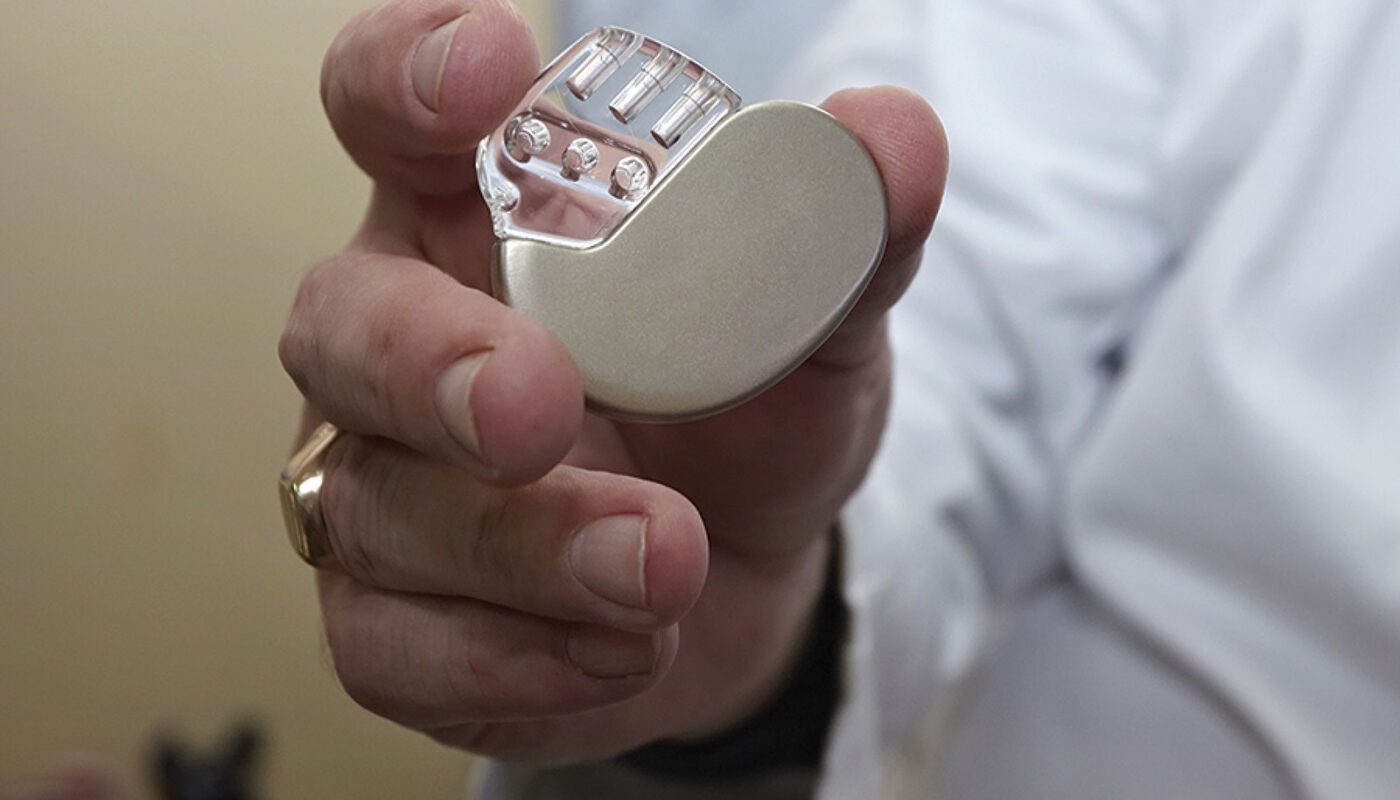Cardiac Implantable Electronic Devices (CIEDs) refer to a broad category of implantable devices that monitor the electrical activity of the heart and treat abnormal heart rhythms, also known as arrhythmias. Some common types of CIEDs include pacemakers, implantable cardioverter-defibrillators (ICDs), and cardiac resynchronization therapy devices (CRT-Ds). These implantable devices have revolutionized the treatment of heart rhythm disorders and improved quality of life for millions of patients worldwide.
Types of CIEDs
There are three main types of CIEDs used in clinical practice:
Pacemakers
Pacemakers are the most basic CIEDS used to treat slow heart rhythms called bradycardias. They are implanted under the chest skin and connected to the heart with wires called leads. Pacemakers deliver electrical pulses to stimulate the heart muscle and regulate slow heartbeats.
Implantable Cardioverter-Defibrillators (ICDs)
ICDs are more complex devices used to treat dangerous fast heart rhythms called tachycardias or fibrillation. In addition to pacing abilities, ICDs can deliver higher energy shocks to reset the heart rhythm during abnormal fast arrhythmias. This prevents sudden cardiac death in high-risk patients.
Cardiac Resynchronization Therapy Devices (CRT-Ds)
CRT-Ds combine the functions of a pacemaker with an ICD. They are used in patients with heart failure caused by improper coordination between the lower and upper chambers of the heart. CRT-Ds resynchronize heart chamber contraction through biventricular pacing to improve heart function.
Mechanism of Action
All CIEDs rely on sensing electrical signals transmitted by the heart muscle during each heartbeat. Sensors called leads, once implanted within the heart, pick up these cardiac signals:
– Pacemakers monitor the heart’s rhythm. If the intrinsic rhythm is too slow, the pacemaker will send out low-energy electrical impulses through the leads to artificially stimulate the heart muscle and regulate the heartbeat.
– ICDs and CRT-Ds also sense for abnormal fast rhythms, beyond a certain threshold, and deliver corrective shock therapy. This restores normal rhythm and prevents sudden cardiac arrest in high-risk individuals.
– CRT-Ds uniquely resynchronize cardiac contraction by pacing both lower heart chambers simultaneously, in addition to sensing and delivering therapy for dangerous rhythms.
Substantial Improvements in Patient Outcomes
The widespread clinical use of CIEDs over the past few decades has led to substantial improvements in patient outcomes:
Reduced Risk of Sudden Cardiac Death:
Large clinical trials have demonstrated ICDs reduce mortality from life-threatening ventricular arrhythmias by up to 31-51% in high-risk groups. ICDs have emerged as an important prevention therapy.
Improved Symptoms of Heart Failure:
Studies show CRT improves quality of life by increasing exercise capacity and reduces heart failure hospitalizations and mortality rates by up to 36% compared to medical therapy alone.
Longer Lifespans:
Data from registries indicate pacemaker and ICD recipients are living longer with fewer symptoms due to effective control of arrhythmias compromising survival. Heart function is stabilized with bradycardia and tachycardia support.
Modern Advancements in Device Technology
Device technology continues to advance rapidly based on ongoing research:
Smaller & Longer Battery Life:
Miniaturized components allow implantable devices to be 25% smaller than previous sizes. Batteries now last 7-10 years, reducing reoperations.
Enhanced Sensing Algorithms:
Sophisticated software immediately analyzes cardiac rhythms and issues the right treatment faster than before to prevent dangerous arrhythmias.
Remote Monitoring Capabilities:
Newer CIEDs can communicate wirelessly with external devices, enabling remote follow-ups. Transmitted device and patient data helps proactively optimize medical therapy through early detection of any issues.
In conclusion, CIEDs like pacemakers, ICDs, and CRT-Ds have revolutionized cardiac arrhythmia treatment over the last few decades. Implantation of thesedevices yields major improvements in symptoms, quality of life, and overall survival for millions of patients with heart rhythm disorders worldwide. Continuous enhancements in device technology will likely further expand the utility and benefits of CIED therapy moving forward.



